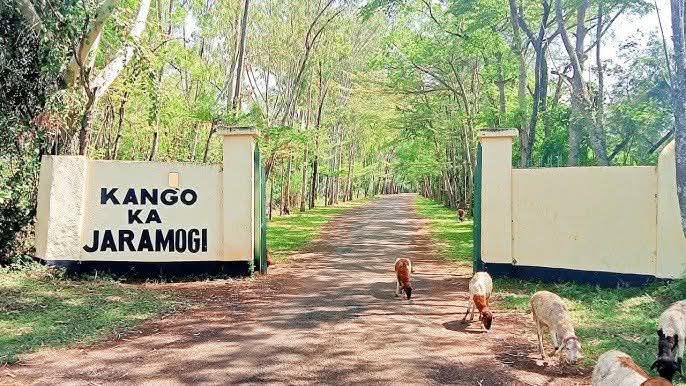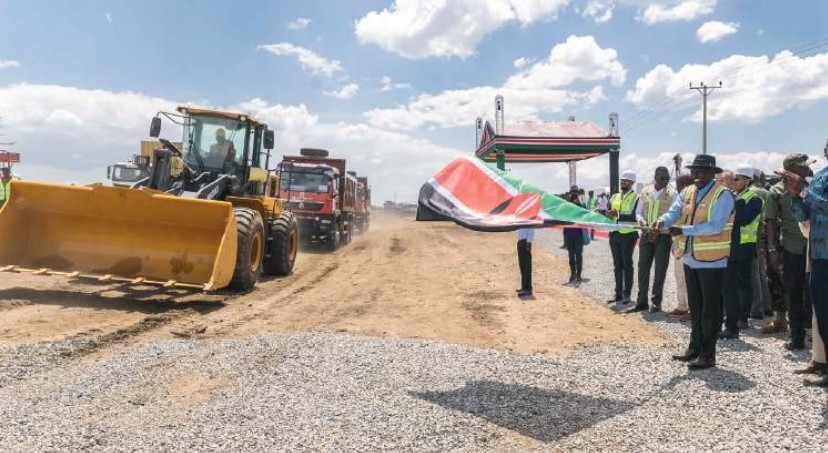New research shows trees can absorb up to 50 million tonnes of methane every year.
The report titled, ‘Raising ambition, accelerating action towards enhanced nationally determined contributions for forests’ by the United Nations Environment Programme shows that forests play crucial roles.
“Intact forests are extraordinary resources whose role in supporting flourishing economies and societies is often overlooked. They regulate water supply,” the report says.
Forests provide essential resources for people. “They are home to pollinators that food systems depend upon. They are also vital for storing carbon, which contributes to mitigating climate change. Yet deforestation threatens the provision of these benefits, endangering the economies and societies that need them.”
The report says global leaders have been making promises to protect forests for over a decade but have so far failed to deliver.
It says the 2030 ambition to halt deforestation must be achieved if humanity is to avoid tremendous risks to the planet and the life it supports.
Mitigating climate change requires reducing deforestation.
It takes many years to capture the carbon lost through deforesting an equivalent area through afforestation and restoration.
Statistics from the government show that Kenya’s total greenhouse gas emissions have increased from 56.8 metric tonnes of carbon dioxide equivalent in 1995 to 93.7 metric tonnes of carbon dioxide equivalent in 2015.
Projections show emissions will hit 143 metric tonnes of carbon dioxide equivalent by 2030.
The 2015 emissions represent an increase of 65.2 per cent over the period and less than 0.1 per cent of the 2015 global emissions, including land use, land use change and forestry.
In 2015, the leading source of emissions was agriculture at 40 per cent of the total national emissions, mostly livestock enteric fermentation, manure left on pasture and agriculture and fertiliser application.
This was closely followed by land use, land use change and forestry at 38 per cent due to deforestation and energy, including transport at 18 per cent.
In 2016, Kenya ratified the Paris Agreement.
The country has since submitted the Nationally Determined Contributions, with a commitment to reduce emissions by 32 per cent against a business-as-usual scenario by 2030.
NDCs embody efforts by each country to reduce national emissions and adapt to the impacts of climate change.
The Paris Agreement requires each party to prepare, communicate and maintain successive NDCs that it intends to achieve.
Parties shall pursue domestic mitigation measures, to achieve the objectives of such contributions.
Kenya’s NDC commits to enhancing resilience in all sectors of the economy.
Agriculture, energy, manufacturing, transport, waste and forestry are some of the sectors the government intends to use to curb emissions.
The country needs $62 billion (approximately Sh6.710 trillion) to mitigate and adapt to the impact of climate change between 2020 and 2030.
Kenya has pledged to increase its tree cover by growing 15 billion trees by 2032 for Sh600 billion.
KFS protects 6.4 million acres of gazetted forests and another 420 million acres under counties.
The service has been fighting to recover some of its parcels that have been grabbed.
Official statistics show forest cover increased from 5.9 per cent in 2018 to 8.83 per cent in 2021.
The national tree cover stands at 12.13 per cent, above the constitutional target of 10 per cent.
The National Forest Resources Assessment 2021 shows the country has 5.2 million hectares of national forest cover, which represents 8.83 per cent of the total area.
















